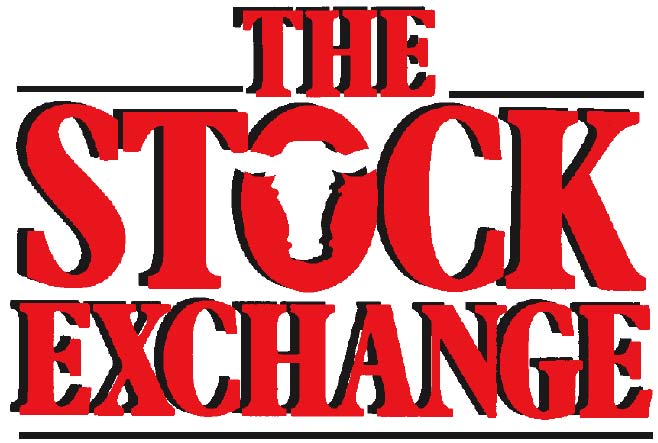Dealing with Blister Beetles
Dave Boxler, Nebraska Extension Educator Horses are very susceptible to blister beetle poisoning. Photo credit Troy Walz. Blister beetles, from the family Meloidae, are sometimes referred to as oil beetles and found in all parts of the Unites States and Canada. Adult blister beetles vary in size and color but are recognized by the elongated, narrow, cylindrical, and soft bodies. In Nebraska, the three-striped, grey, and black blister beetles (Fig. 1) are the…
